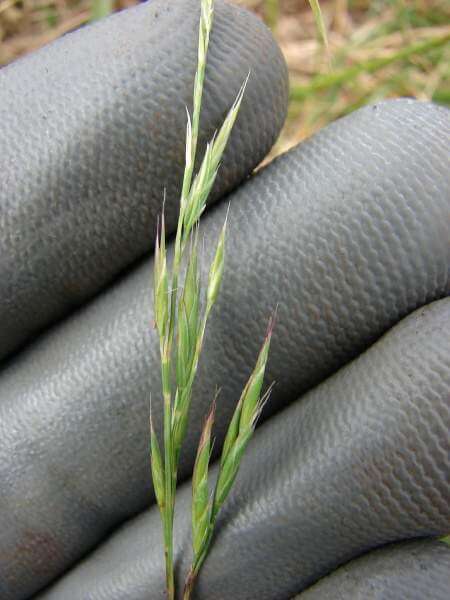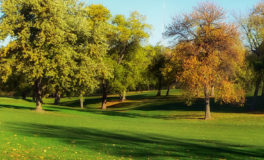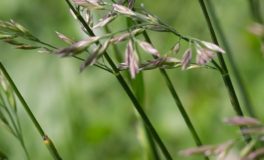The story of Chewings Fescue Grass
The story of Chewings Fescue Grass – Chewings Fescue is a variety of grass. It is well suited to general lawn and family use. But it is also perfect for use on golf greens turf, on golf tees and in ornamental landscaping. Anywhere, in fact where close mowing is desired.
The story of Chewings Fescue Grass – origins
Chewings Fescue was first cultivated, harvested and sold as seed in Southland in New Zealand.
It was initially sown on a hilly, high country station by George Chewings in 1887. George Chewings would argue that he could not claim any special credit for introducing it.

He believed that a small quantity of the seed was brought to NZ by one of the early settlers. It was sown in Southland, on an estate called Morton Mains. The grass grew well.
George recognised its resilient properties and suggested it could be sown on the Pumice Lands of Auckland.
Consequently, the land and weather conditions in Otago were found to be ideal for growing Chewings Fescue. Not only is the land shingly with low fertility but it also has a low stock carrying capacity. This area of Otago also has extreme weather conditions, with cold, bleak winters and hot, dry summers.
The story of Chewings Fescue Grass – properties
Chewings Fescue itself is slow growing, with fine needle like leaves and a high shoot density.
In addition, it has great visual merit and is used where a thick, fine turf is desired.
Chewings Fescue has many benefits in turf combinations including tolerance to dry, poor soil and resistance to drought and frost. Not only can it tolerate surface water in winter but it also has a very dense root system which adds to the strength of harvested turf.
So, it needs minimal water and fertiliser. It is also resistant to many common turf diseases.

 Annual Meadow Grass
Annual Meadow Grass  The Origins of Smooth Stalked Meadow Grass
The Origins of Smooth Stalked Meadow Grass 

